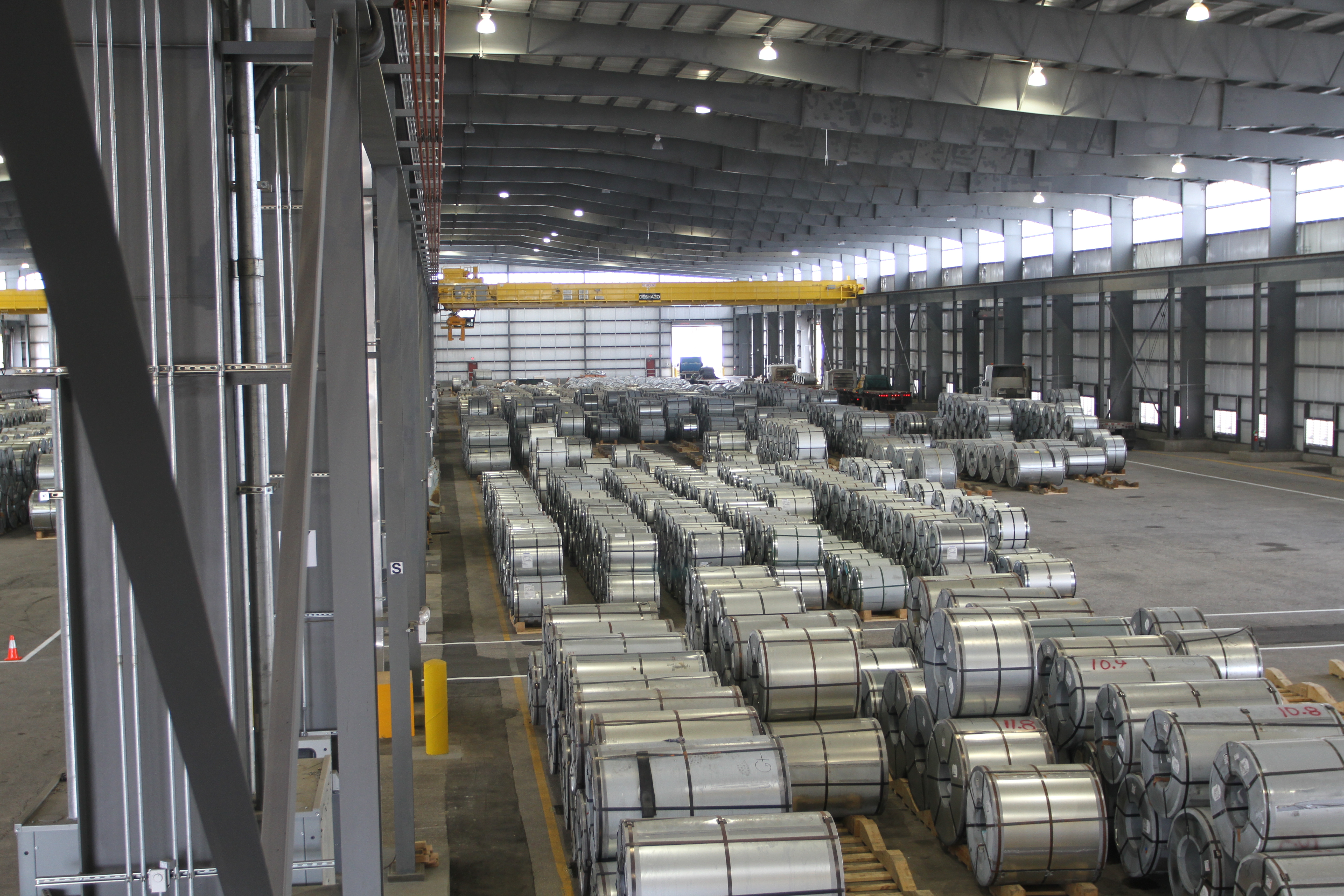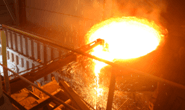Steel Markets

Construction Employment Declines or Stagnant in Third of Metro Areas in October
Written by Sandy Williams
December 1, 2016
Lack of infrastructure projects has led to a decline or stagnation of construction employment in one third of U.S. metro areas in October said the Associated General Contractors of America. The press release from AGC follows:
Construction employment declined or was stagnant in one-third of metro areas between October 2015 and October 2016 amid diminishing public-sector investments in infrastructure and other civil works, according to a new analysis of federal employment data released today by the Associated General Contractors of America. Association officials said a new infrastructure proposal being crafted by the incoming Trump administration could, if structured properly, help add more construction jobs in many metro areas.
“Too many construction firms that build vital infrastructure projects are finding less work to bid on today than just a few years ago,” said Ken Simonson, the association’s chief economist, noting that spending nationally on public construction dropped by 2.2 percent during the first nine months of 2016 from the same period in 2015. “There is little doubt that many more construction workers would be earning high wages in metro areas around the country if the public sector were investing more in aging infrastructure.”
Construction employment decreased in 73 out of 358 metro areas and was stagnant in 62 areas during the past year, the construction economist noted. The largest job losses were in Houston-The Woodlands-Sugar Land, Texas (-9,700 jobs, -4 percent), followed by Baltimore-Columbia-Towson, Md. (-2,400 jobs, -3 percent), Los Angeles-Long Beach-Glendale, Calif. (-2,100 jobs, -2 percent) and Little Rock, Ark. (-1,800 jobs, -10 percent). The largest percentage declines for the past year were in Decatur, Ill. (-16 percent, -600 jobs); Cheyenne, Wyo. (-13 percent, -500 jobs) and Bloomington, Ill. (-13 percent, -400 jobs).
Construction employment increased in 223 metro areas between October 2015 and October 2016. The largest job gains occurred in Denver-Aurora-Lakewood, Colo. (10,800 jobs, 11 percent) and Orlando-Kissimmee-Sanford, Fla. (10,800 jobs, 17 percent), followed by Phoenix-Mesa-Scottsdale, Ariz. (9,900 jobs, 10 percent) and Anaheim-Santa Ana-Irvine, Calif. (9,000 jobs, 10 percent). The largest percentage gains were in Boise, Idaho (21 percent, 4,000 jobs) and El Centro, Calif. (21 percent, 600 jobs), followed by Orlando-Kissimmee-Sanford and Las Vegas-Henderson-Paradise, Nev. (16 percent, 8,500 jobs).
Association officials said a new infrastructure investment program under consideration by President-elect Trump that could invest up to $1 trillion has the potential to boost construction employment in many parts of the country. Moreover, a new infrastructure program will create tens of thousands of manufacturing, mining and service-sector jobs as equipment makers, aggregate firms and construction suppliers book higher orders.
“Enacting a significant new infrastructure program will bring immediate and widespread benefits to the economy,” said Stephen E. Sandherr, the association’s chief executive officer, noting that the association would also push to make sure any new infrastructure program includes significant, sustained increases in infrastructure investments and ways to pay for them for years to come.

Sandy Williams
Read more from Sandy WilliamsLatest in Steel Markets

USW cheers Evraz NA agreement with Atlas Holdings
The United Steelworkers (USW) labor union celebrated recent news of the signed agreement between Atlas Holdings and Evraz NA in which the Connecticut-based private equity company said it plans to acquire North America’s Evraz facilities.

Steel buyer spirits tempered by soft spot market conditions
Steel sheet buyers report feeling bogged down by the ongoing stresses of stagnant demand, news fatigue, tariff negotiations or implementation timelines, and persistent macroeconomic uncertainty.

Hot-rolled coil buyers continue seeking certainty
Steel market participants contend that buyers will remain in “wait-and-see" mode until some market stability is restored.

Latin American steel advocates warn on cheap import flood
Subsidized Chinese steel imports and cheap steel products from Association of Southeast Asian Nations (ASEAN) entering Latin American (LATAM) are threatening the region's steel market.

CRU: Steel prices fall amid global demand weakness
The forceful headwinds bearing down on steel markets across the globe have created demand challenges and sent prices southward. The US, however, challenged the global trend.
